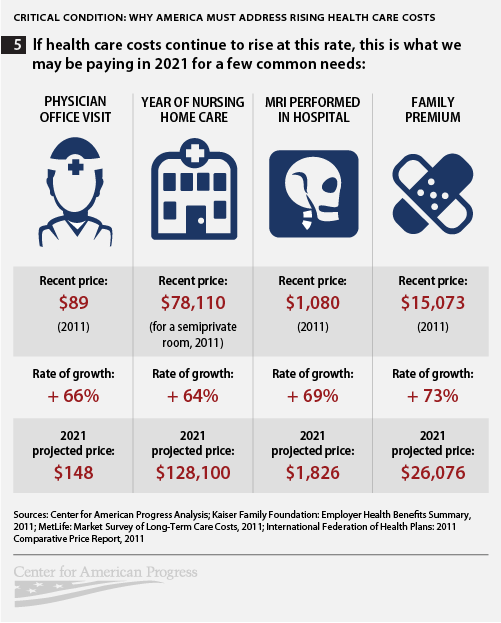The proliferation of advertisements for prescription medications, visible across various media channels like social media and paper publications, has led to an escalating discussion in recent years. A promising action plan that has arisen amidst these discussions is the initiative to restrict the direct-to-consumer (DTC) marketing strategies employed by pharmaceutical companies. This proposal aims to address a crucial contemporary health care concern: the impact of assertive promotional techniques on patient behavior and the resultant effect on health care expenses.
Pharmaceutical corporations, colloquially referred to as ‘Big Pharma’, have developed a dependency on DTC advertising in the promotion of their prescription medications. This strategy revolves around circumventing medical professionals, capitalizing instead on direct appeals to consumers. These companies are banking on consumers’ susceptibility to influence, challenging the authority of physicians over medical decisions.
Big Pharma allocates billions of dollars every year on campaigns designed to convince you that their knowledge about the medications you require surpasses that of medical professionals. Astonishingly, pharmaceutical companies in the United States had collectively spent an overwhelming sum of $18 billion on advertisements in the year 2023.
Financial data provides an insightful perspective: for every dollar spent on DTC promotional activities for prescription medications in 2000, these corporations gained an additional $4.20 in sales revenue. Such practices bear the risk of fostering a populace reliant on specific medication types, effectively creating a group of prescription drug addicts.
Currently, there’s no regulatory framework prohibiting pharmaceutical companies from advertising any form of prescription drugs. In 2024, Big Pharma represented the lobbyist group with the highest level of expenditure in Washington D.C., having pumped in an extraordinary $293.7 million into lobbying activities during the year.
Significantly, the United States surpasses all other nations in terms of the number of residents on pharmaceutical drugs, in addition to taking lead globally regarding the price of essential medications. There is an alarming trend where pharmaceutical companies promote fresh forms of drugs even before comprehensive safety profiles have been ascertained. This pattern has contributed to the evolution of a culture reliant on pills, culminating in drug overuse.
Expenditure on prescription drugs in the United States has climbed steeply across time. Notably, only the United States and New Zealand permit DTC advertising for pharmaceuticals. Interestingly, the practice was banned by most nations as early as the 1940s.
Furthermore, it’s worth noting that the United States alone spends an amount on drugs that surpasses the combined totals of all other developed nations. The American Medical Association has consistently advocated for a total prohibition on DTC marketing for years. It’s commonly observed that Big Pharma promotes medications with significantly higher price tags, although cheaper alternatives exist.
Pharmaceutical companies push the narrative that they possess a cure-all drug for every conceivable problem including those that ideally, wouldn’t necessitate a prescription. A pertinent demand to be raised before Congress is to mandate the Food and Drug Administration (FDA) to carry out a comprehensive review and approval of all drug-related content prior to public release.
The FDA should also enforce a two-year halt on DTC advertising for recently introduced prescription drugs, ensuring adequate time for effective surveillance and regulation of their safety and efficiency. An additional requirement should be the incorporation of information on alternative treatments, such as improving dietary habits, adopting a healthier lifestyle, increasing physical activity levels and other non-pharmacological approaches, in all ads.
Yet another auxiliary, but important, demand for the FDA to consider would be explicitly restricting any promotional material that propagates the use of controlled substances. The onus rests on Congress to enact federal regulations that would conclusively terminate the DTC marketing of prescription drugs.
In order to maintain a level playing field and avoid preferential tax treatment, federal lawmakers should pass legislation to eliminate the possibility of DTC marketing expenses being leveraged as tax deductions. This move could be instrumental in creating an atmosphere in which health care choices are governed more by the needs of the patient rather than being swayed by promotional activities and commercial profiteering.
If enacted, this policy change could play a vital role in reestablishing a balanced and patient-centered approach to treatment choices. The increasing dominance of marketing strategies and corporate gains in health care decisions could be substantially curtailed.
As we conclude, it’s clear that it’s time to demand accountability from the pharmaceutical industry for the issues it has provoked. Through the adoption and enforcement of these proposed changes, we have the potential to mitigate the far-reaching impacts of aggressive DTC marketing practices in the pharmaceutical industry.
While this is by no means an exhaustive list of measures to be taken, it’s definitive proof that the conversation is moving in the right direction. An open dialog must continue, as we further delve into deciphering optimal ways to navigate this multifaceted issue.

